This article was medically reviewed by Erik Kramer, DO, MPH. Dr. Erik Kramer is a Board-Certified Primary Care Physician at the University of Colorado. With over 15 years of experience, his clinical interests include obesity and weight management, diabetes care, and preventive care, as well as embracing a holistic approach to primary care. He received his Doctorate in Osteopathic Medicine (D.O.) from the Touro University Nevada College of Osteopathic Medicine and completed his residency at Central Maine Medical Center. Dr. Kramer is a Diplomate of the American Board of Obesity Medicine.
There are 8 references cited in this article, which can be found at the bottom of the page.
wikiHow marks an article as reader-approved once it receives enough positive feedback. This article received 11 testimonials and 100% of readers who voted found it helpful, earning it our reader-approved status.
This article has been viewed 575,347 times.
When white-yellow spots appear in the back of your throat that are accompanied by pain in that area, you may have pharyngitis, also known as a sore throat. The white-yellow spots are actually pus pockets, caused by a bacterial or viral infection. In some cases, the infection can affect the tonsils (masses of lymphatic material) in a condition referred to as tonsillitis. If you have pus pockets in your throat, you need to consult a doctor because the infection can easily travel to other areas of your body, like the lungs or middle ear.[1] Keep reading to learn what you can do to get rid of pus pockets in your throat.
Steps
Seeking Medical Treatment
-
1Determine if you need to see a doctor. Most sore throats will go away on their own after a few days, but if your sore throat is severe or if it lasts more than seven days, you should see a doctor. A sore throat with pus pockets may also indicate that you have a more serious condition such as tonsillitis or strep throat. Monitor your symptoms and if you experience any of the following symptoms, see a doctor immediately:[2]
- Absence of cold or flu symptoms
- Difficulty swallowing or breathing
- Fever over 101 °F (38.3 °C)
- Swollen tonsils
- Swollen lymph nodes (in your neck)
- Bright red throat or dark red spots
- White or yellow film or spots in your throat
- You may not have strep throat if you have a cough and don't have swollen lymph nodes, a fever, or inflamed tonsils. However, the only way to be sure is to see your doctor.
-
2Visit your doctor if your condition is severe or doesn't improve. Make an appointment with your doctor if your condition lingers, worsens, or is severe. Your doctor can perform a simple culture of the infection in your throat to determine if it is bacterial or viral.[3]
- When you go to see your doctor, make sure that you share all of the other symptoms that you have been having to help your doctor make the best diagnosis possible.
Advertisement -
3Get a prescription for antibiotics if necessary. Antibiotics are not useful if the pus pockets in your throat are caused by a viral infection, but they can be helpful if the pus pockets are caused by a bacterial infection, which is typically caused by Group A strep. When pus pockets are caused by a bacteria, your doctor may prescribe antibiotics such as erythromycin or amoxicillin.
- Your doctor will confirm if you have strep throat by doing a rapid test or throat culture.
- Follow your doctor’s instructions and take the full cycle of antibiotics that your doctor prescribes.[4]
-
4Discuss a tonsillectomy with your doctor. Having your tonsils surgically removed may help stop recurring episodes of strep throat. If the pus pockets in your throat are affecting the tonsils, and if the infection is severe, or reoccurring too often, surgical intervention may be required. You may be eligible for a tonsillectomy if you've had 7 or more confirmed cases of strep in the past year, at least 5 episodes of strep each of the past 2 years, or 3 documented cases of strep per year for the past 3 years.[5]
- A tonsillectomy is a relatively simple procedure, but an abscess around the tonsils may also be treated by a simpler surgery to drain the abscess. You will need to discuss your options with your doctor to determine the best course of action for your situation.[6]
Trying Home Remedies
-
1Take painkillers. To deal with the pain caused by a sore throat, you may also want to take something for pain. Your physician may prescribe local painkillers to soothe the pain caused by the pus pockets or you can take an over the counter painkiller such as acetaminophen, ibuprofen or aspirin.[7]
- If your doctor says it's okay for you to take them, non-steroidal anti-inflammatory drugs (NSAIDs) are a good option because they relieve both pain and inflammation.
- Follow the dosage instructions provided with your prescription or over the counter medicine. Do not exceed the recommended dosage.
- Do not take anything except for acetaminophen if you are pregnant.
- Throat lozenges containing an anesthetic can also be helpful for discomfort
-
2Gargle with salt water. Prepare a mixture of one cup of warm water and one teaspoon of salt. Mix the solution until the salt is fully dissolved. Gargle with the mixture at least once per hour. The combination of salt and warm water should help to reduce pain and discomfort in your throat.[8]
-
3Drink warm liquids. Warm beverages will increase blood flow in your throat, making it easier for your body to fight the pus pockets. Drinking a cup of tea before bed (make sure it’s decaffeinated) will also help you get rid of some of the pain during your night’s sleep.[9]
-
4Use vaporizers. Breathing dry air will not help at all with your condition; your throat may even become more irritated and painful. Using a vaporizer to moisten the air will ease throat irritation and pain. If you do not have a vaporizer, you can simply put a shallow dish of warm water in your room. The water will add moisture to the air as it evaporates.[10]
- You may also want to try a humidifier, which is available in a cool or warm mist variety.
Taking Care of Yourself
-
1Stay hydrated. In addition to using warm liquids to soothe your throat, you should also drink plenty of water to stay hydrated. Drinking plenty of water will make it easier to swallow and will also help you to fight off the infection.
-
2Get plenty of rest. When you have an infection, your body needs lots of rest in order to heal itself. Make sure that you get plenty of sleep at night and rest during the day as well. Do not over-exert yourself when you are dealing with a severe sore throat. Stay home from work or school if possible.
-
3Eat foods that are easy to swallow. While you are suffering from a severe sore throat with pus pockets, you should avoid any foods that may irritate your throat further like spicy foods or acidic foods. Choose easy to swallow foods like applesauce, oatmeal, soups, mashed potatoes, yogurt, and cooked eggs. You may also get some additional relief from popsicles or ice cream.
-
4Steer clear of any irritants that may aggravate your throat. While you are recovering, do not smoke, inhale any fumes, or use harsh cleaning products. These things may make the pus pockets in your throat worse and extend the amount of time that it takes you to recover from the infection.
Warnings
- if you have weakness, shortness of breath, joint pain, raised red rash or lumps under the skin, or uncontrolled jerking movements of the arms or legs, you may have rheumatic fever. Seek immediate medical attention. [11] Rheumatic fever can cause damage to the brain, heart, and other tissues of the body.⧼thumbs_response⧽
- If you develop a red rash that feels like sandpaper, you may have scarlet fever. Seek immediate medical attention. [12] Scarlet fever can be treated with antibiotics.⧼thumbs_response⧽
References
- ↑ http://www.webmd.com/cold-and-flu/tc/sore-throat-topic-overview
- ↑ http://www.webmd.com/oral-health/tc/strep-throat-symptoms
- ↑ http://www.webmd.com/oral-health/tc/strep-throat-topic-overview
- ↑ http://www.webmd.com/oral-health/tc/strep-throat-home-treatment
- ↑ http://www.webmd.com/oral-health/tc/strep-throat-surgery
- ↑ http://www.webmd.com/oral-health/tc/strep-throat-surgery
- ↑ http://www.webmd.com/oral-health/tc/strep-throat-treatment-overview
- ↑ http://www.webmd.com/cold-and-flu/tc/sore-throat-home-treatment
- ↑ http://www.webmd.com/cold-and-flu/tc/sore-throat-home-treatment
About This Article
To get rid of pus pockets in the throat, try gargling with salt water at least once per hour and drink warm beverages in between gargling to soothe the pain. Using a humidifier can also help you keep your throat moist, which eases throat irritation and pain. While you're recovering from the infection, it's important to avoid irritants like smoke, fumes, and harsh cleaning products. If your throat isn't getting any better after a few days, it's best to see a doctor for additional treatment. For tips on recognizing the symptoms of tonsillitis or strep throat, read on!

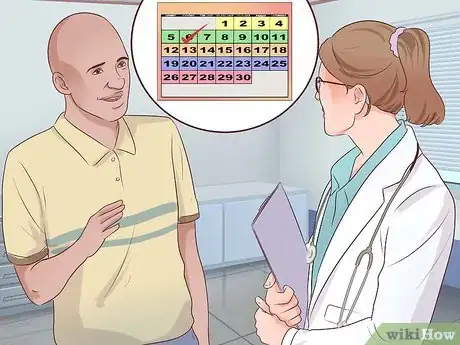
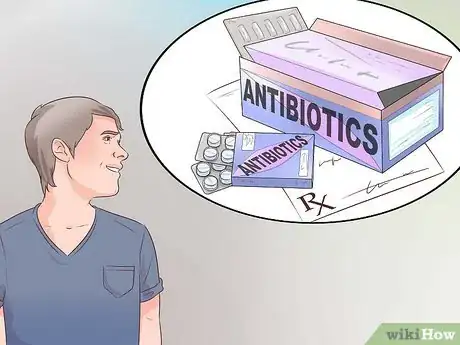
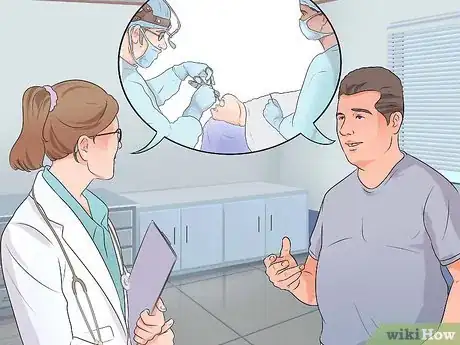
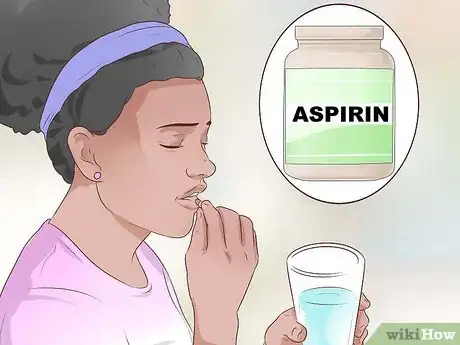
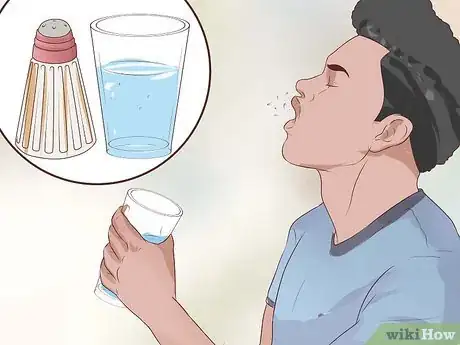
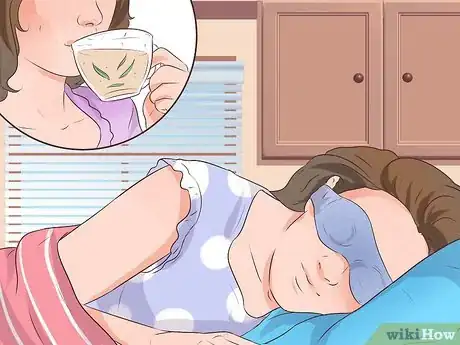
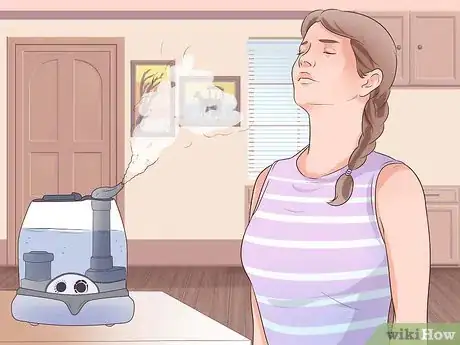

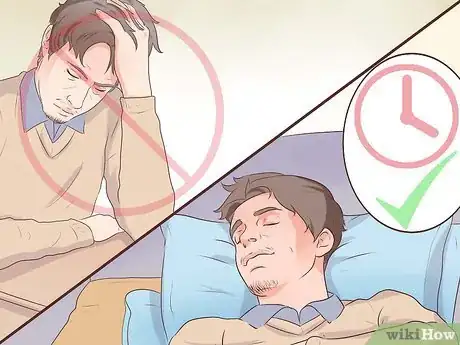
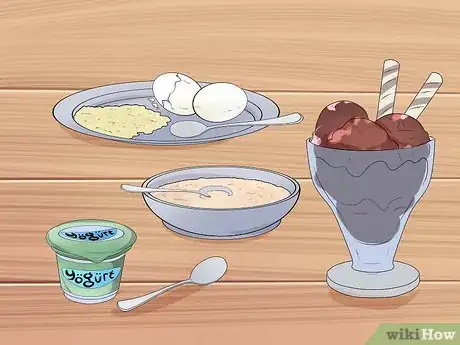
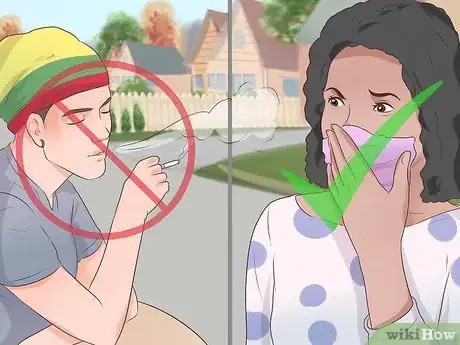

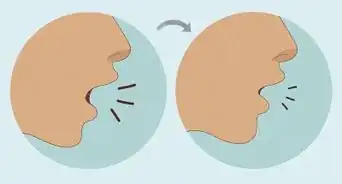

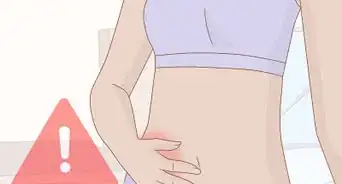

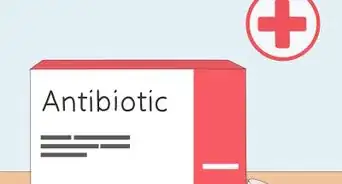

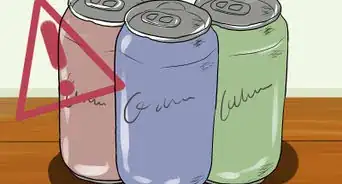

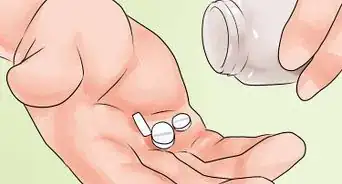













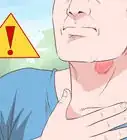






































Medical Disclaimer
The content of this article is not intended to be a substitute for professional medical advice, examination, diagnosis, or treatment. You should always contact your doctor or other qualified healthcare professional before starting, changing, or stopping any kind of health treatment.
Read More...